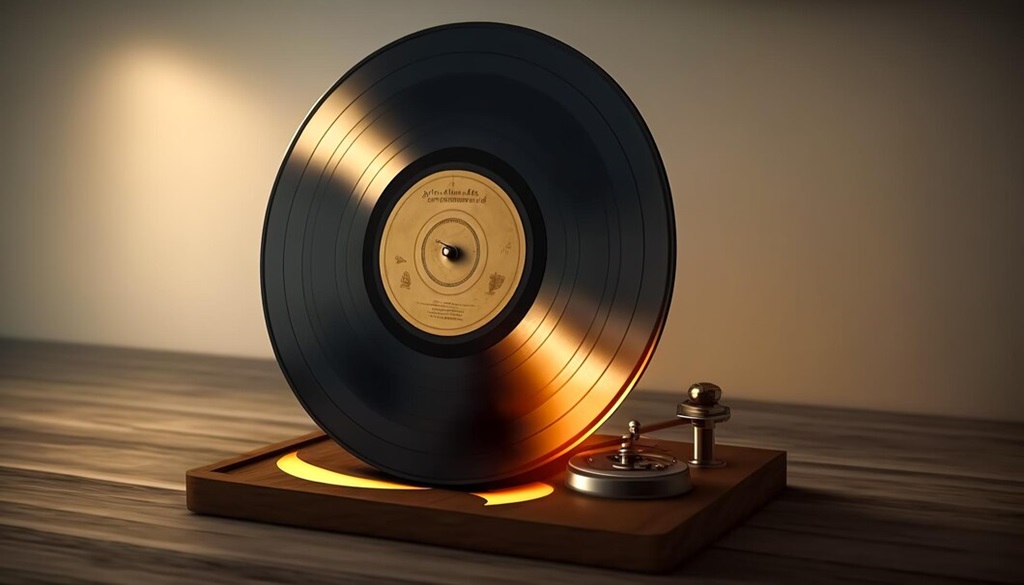
Playing the trumpet is an intricate and demanding activity that requires the mastery of various techniques, including the proper way of holding the instrument. The way you hold a trumpet can have a significant impact on your sound quality, playability, and overall comfort level. Therefore, it is essential to understand the correct posture and grip to achieve optimal results and prevent discomfort or injury.
It is crucial to maintain a firm yet flexible grip on the trumpet, avoiding excessive tension or pressure that could affect your sound quality and cause muscle strain or fatigue. Additionally, you should keep your arms and wrists relaxed and avoid any unnecessary movements or adjustments that could interfere with your playing. With consistent practice and proper technique, you can develop a comfortable and efficient way of holding the trumpet that allows you to perform at your best and enjoy the experience. In this step-by-step guide, you’ll learn the proper hand and finger placement, body posture, and other essential tips on how to hold a trumpet like a pro.

Step 1: Get Comfortable
Before even touching the trumpet, find a comfortable and relaxed posture. Stand or sit up straight with your feet shoulder-width apart. Keep your shoulders relaxed and your back straight. This foundational step sets the stage for a more controlled and enjoyable playing experience.
Step 2: Hold the Leadpipe
The leadpipe is the top section of the trumpet, where the mouthpiece is inserted. Hold it with your left hand, using your thumb and index finger. Your thumb should rest on the side of the leadpipe, and your index finger should gently press against the other side, forming a supportive grip.
Step 3: Support with the Other Fingers
To improve your grip and play the trumpet with ease, it’s recommended to extend your other fingers around the leadpipe. This way, you can get additional support and control over the instrument. However, it’s essential to maintain a light touch while holding the trumpet, as gripping too tightly can hinder your ability to produce a clear and resonant sound. Therefore, try to find a balance where you have enough support to play comfortably, but not too much pressure that affects the sound quality. Practice this technique regularly, and you’ll notice significant improvements in your trumpet playing abilities.
Step 4: Hold the Valve Casing
To properly hold a trumpet, you need to use both hands. With your dominant hand (usually the right hand), grip the valve casing – this is the part of the trumpet that contains the valves. Your thumb and index finger should provide most of the support for the instrument, while your other fingers should rest lightly on the valve buttons. Make sure not to press down too hard on the buttons, as this can interfere with the instrument’s sound. By holding the trumpet in this way, you’ll be able to play with better control and precision.

Step 5: Positioning the Fingers
Each valve on the trumpet corresponds to a specific finger. Ensure your fingers are positioned over the valve buttons comfortably. The first valve is operated with your index finger, the second with your middle finger, and the third with your ring finger.
Step 6: Maintain a Natural Angle
When you’re playing the trumpet, it’s important that you tilt it slightly downward so that it’s pointing at a natural angle. This position is ideal because it helps to ensure proper airflow and allows you to monitor your playing with ease. It’s worth noting that you should avoid any extreme angles, as they can have an adverse effect on your sound projection. So, make sure you find a comfortable and natural angle when positioning your trumpet for optimal playing.
Step 7: Relax and Enjoy
Now that you have the basic grip down, take a moment to relax. Your hands should feel comfortable, and your posture should promote ease of movement. Remember, playing the trumpet is not just about technique – it’s about expressing yourself through music.
FAQs
Q1: Should I clean my trumpet before holding it?
A: Yes, it’s advisable to clean your trumpet regularly. Dirt and grime can affect the instrument’s performance and longevity.
Q2: Can I modify the way I hold the trumpet based on personal preference?
A: While there are general guidelines, you can make minor adjustments to suit your comfort. However, ensure that these modifications don’t compromise your playing technique.
Q3: How tight should my grip be on the trumpet?
A: Keep your grip firm enough to support the instrument but light enough to allow for flexibility and ease of movement.
Q4: Is it necessary to tilt the trumpet while playing?
A: Tilt the trumpet slightly for optimal airflow, but avoid extreme angles that may affect sound projection.
Q5: Can I play the trumpet while sitting?
A: Absolutely! Whether standing or sitting, maintaining good posture is key. Adapt your grip and angle accordingly for a comfortable playing experience.
In conclusion
Mastering the art of holding a trumpet is of utmost importance when it comes to playing this beautiful instrument. By following a few essential steps and incorporating your unique style, you can find a grip and posture that not only feels comfortable but also enhances your musical journey. In the realm of musical instrument care, understanding how to maintain repairs is crucial. So, take a deep breath, relax your shoulders, and let your fingers and lips work in harmony not just during performance, but also in the attentive upkeep of your instrument—ensuring that it continues to produce beautiful melodies that will fill your soul with joy and peace for years to come.


 Most Popular Songs With Baby in the Title
Most Popular Songs With Baby in the Title  The Songs Everyone Knows but Not the Name
The Songs Everyone Knows but Not the Name  Get Up and Dance! Songs Like Cupid Shuffle to Keep the Party Going
Get Up and Dance! Songs Like Cupid Shuffle to Keep the Party Going  How to Memorize Violin Note Chart Quickly?
How to Memorize Violin Note Chart Quickly? 


